I’ve been playing around with polarisation in my photography for years, originally in visible light imaging of skin to reduce shine and aid in colour assessment, and more recently in the UV when I designed the first cross polarised UV imaging system for looking at sunscreens (published here). For pictorial purposes, full cross polarisation can be quite harsh, making the subject look flat and lifeless. Sometimes you just need to dial down the reflections, rather than completely eliminate them. You can do this by changing the angle between the 2 polarisers.
To show how this works, and how it can be done in UV, I’ve done a sequence of images of a Buttercup flower, using my UV modified Nikon d810. Buttercups in the UV are notorious for showing specular reflection, so are always a test for lighting setups. The lighting I used was a Hamamatsu LC8 with a UV collimating lens. Polarisers are Moxtek UV linear polarisers, although the principle applies to other polarisers too.
Firstly, no polarisers at all – normal image, at 0.6s exposure.
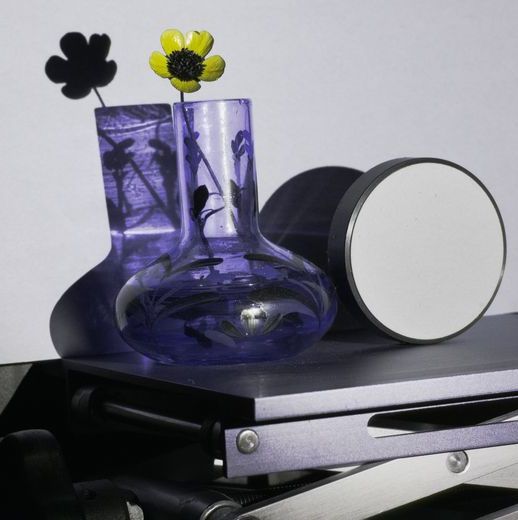
The Buttercup shows its usual shine bands in the UV image, and shine is evident on the glass vase as well, and the edge of the 20% diffuse reflectance standard on the right hand side of the image. In fact there is shine in various parts of the image, anywhere there is direct specular reflection occurring.
Now, adding the polarisers, one on the light source and one on the lens. The exposure has been upped to 4s due to light being absorbed by the polarisers (there is about 1.3 stops loss of light for each polariser with these two).
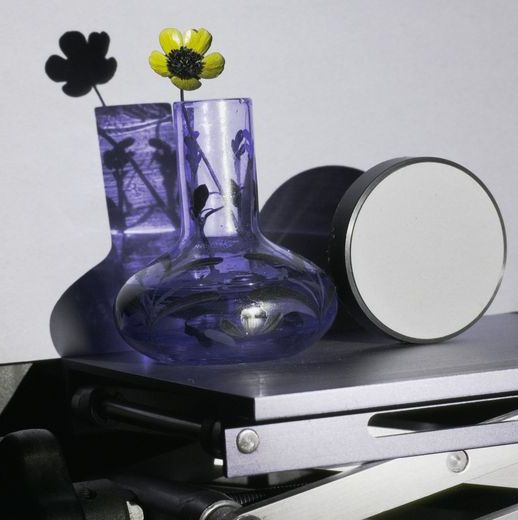
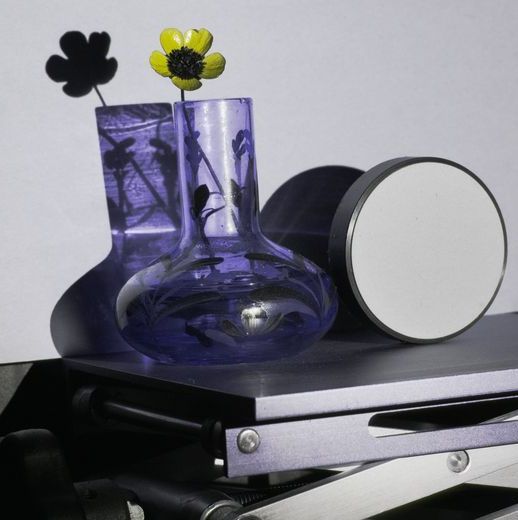
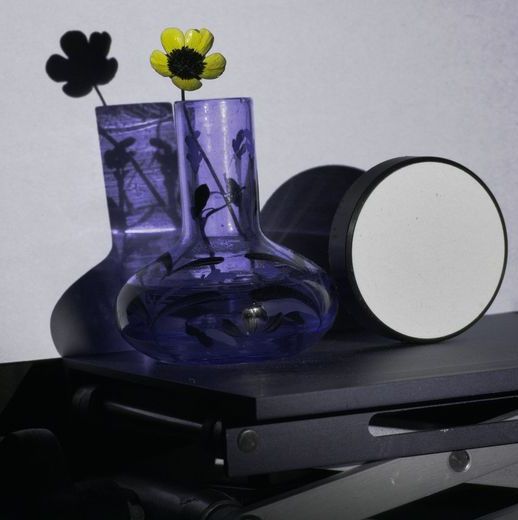
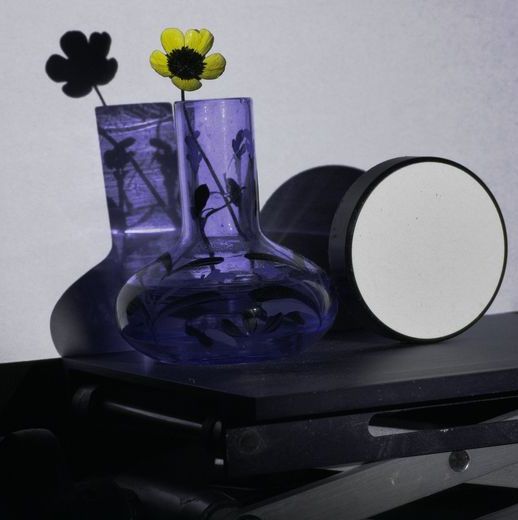
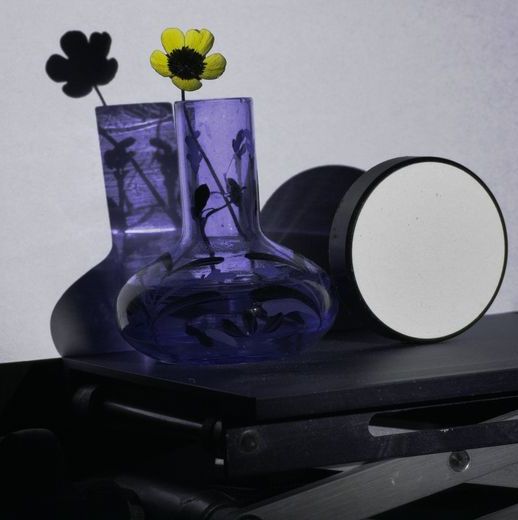
As can be seen from the images above, as the polarisers are moved from parallel to crossed (90 degrees to each other) the degree of specular reflection reduces, reducing the visibility of any shine. While specular reflection is removed by cross polarisation, diffuse reflection isn’t. You can see this as the 20% diffuse reflection standard on the right hand side of the image hardly changes as the polarisers are moved.
Control (and more importantly, understanding) of every aspect of the imaging process is vital when you’re trying to do reproducible scientific photography. When you do understand it, the setup can be designed to image just what you need to, whatever it is you are trying to image.
If you’re interested in this or any other aspect of my work, you can reach me here.
